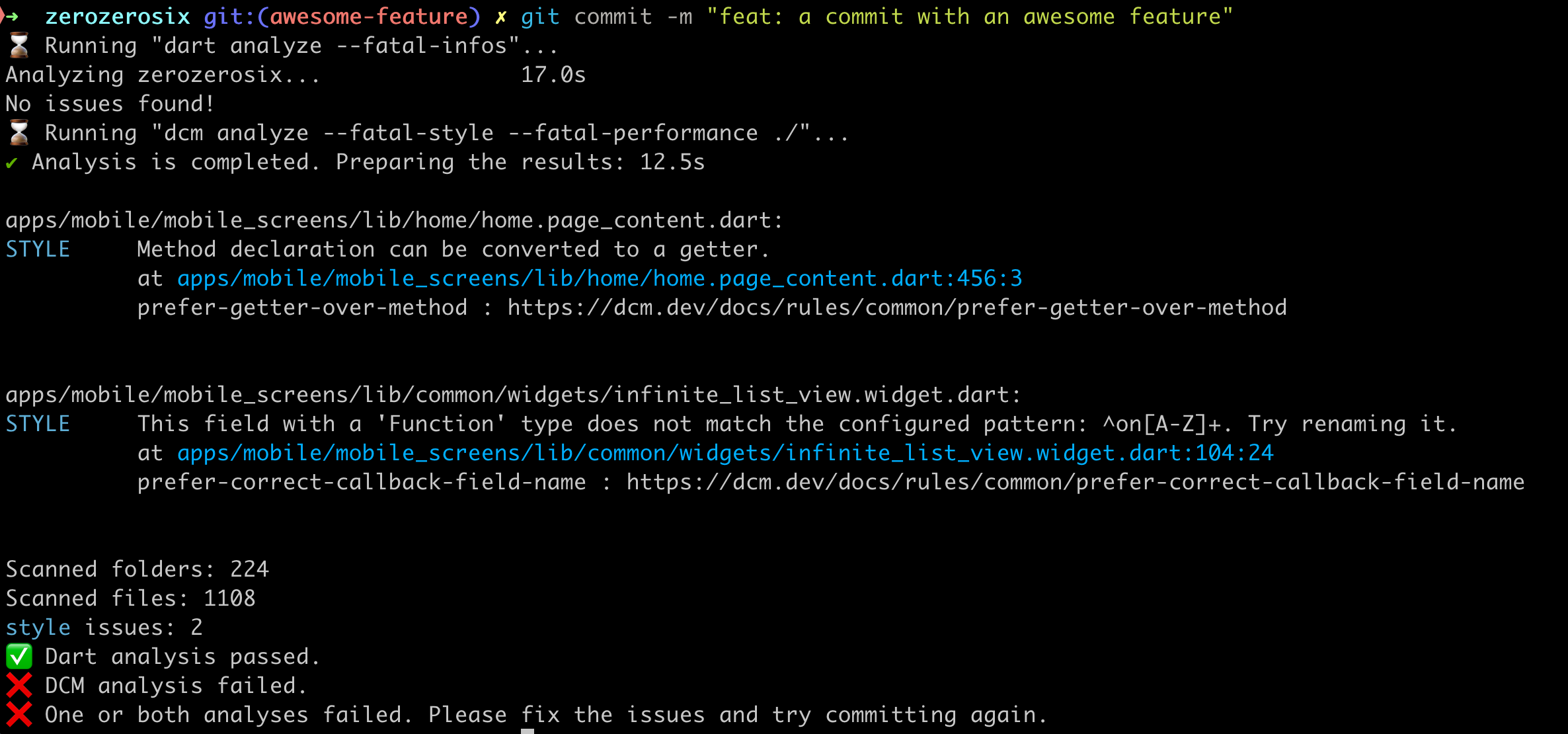Ensuring Consistent and High-Quality Code In Dart and Flutter Projects Through Continuous Integration (CI)
Maintaining consistent and high-quality code is necessary in the fast-paced software development world, especially in Flutter and Dart projects, as they are known for being speedy tools. Continuous Integration (CI) has emerged as a crucial practice that helps development teams achieve this goal. CI provides rapid feedback by integrating code frequently and automating various aspects of the development process, allowing teams to identify and rectify issues early.


This article explores the significance of CI in enforcing code quality and consistency, the role of lint tools, especially DCM, and practical examples of integrating these tools with CI pipelines.



